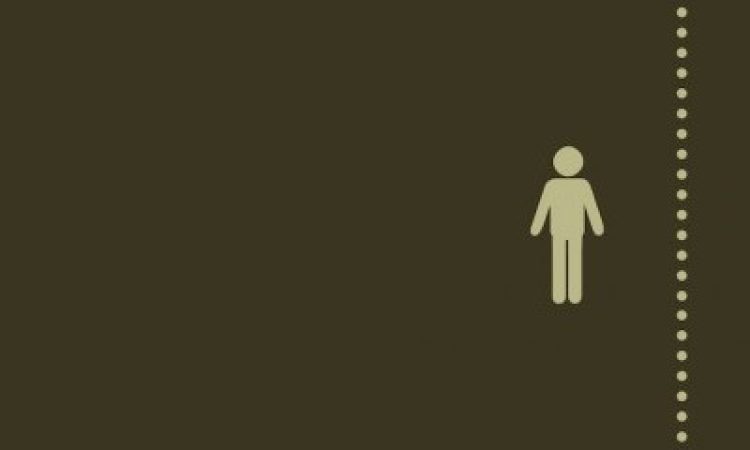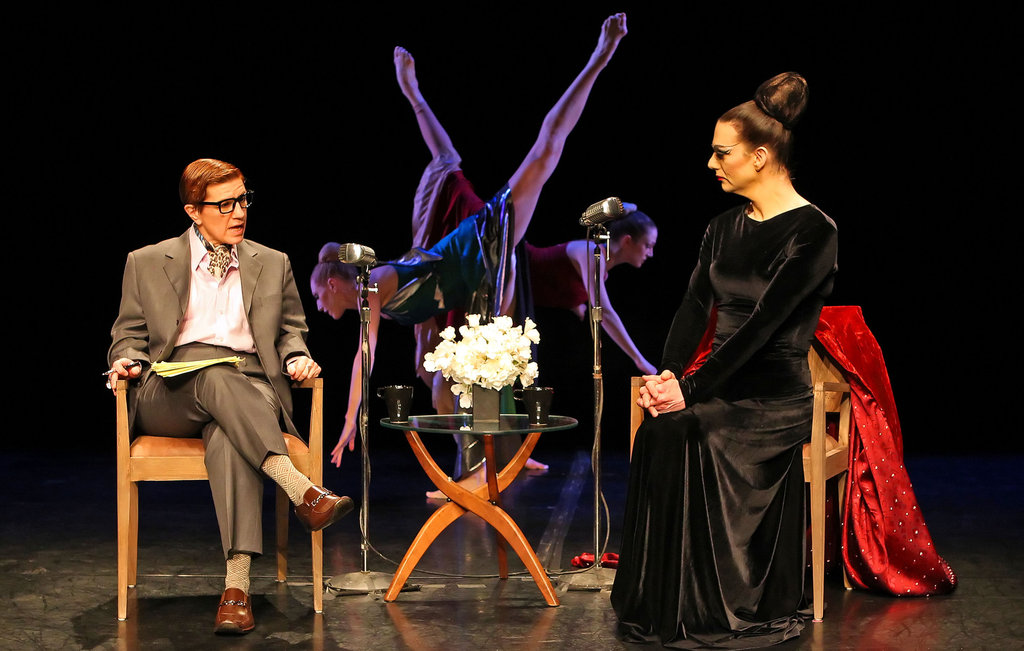Ugly Numbers is a three-part series on gender inequity in contemporary American dance. Part I investigates the data on gender discrimination in Philadelphia dance presenting. The following two parts will include responses from presenters and dance makers as well as my personal experience navigating the uneven playing field.
This summer at American Dance Festival there was a new program called On Their Bodies, described this way: “This one-of-a-kind event, to be performed only at ADF, brings together four of the most respected and accomplished choreographers working today, each performing solos, made for themselves, performed by themselves.”
All four of these choreographer/performers were men.
Programs such as On Their Bodies are the catalyst for this series of pieces about unfair, unspoken, gendered criteria in dance presenting.1
I’ve taken one specific slice of data to illustrate the systemic problem in our field. For Philadelphia dance presenters, the numbers indicate that the bigger the budget, the more men are featured in their season. Grassroots, artist-run organizations present more women. Why do women disappear from the roster at the higher echelons? How can this injustice be remedied?
I’ve looked at the past three seasons (2011, 2012 and 2013) of nine different dance presenters2 in Philadelphia (Annenberg Center for the Performing Arts, Bryn Mawr College, FringeArts, Mascher Space Cooperative, Painted Bride Art Center, Philadelphia Dance Projects, Temple University, thefidget space and Thirdbird.) I’ve broken down the numbers of presented3 artists in terms of gender.4 The results are both validating of my experience as a female dance artist and also shocking in the extremity of the discriminatory practices in Philadelphia dance.
First, how many female and male makers are currently working in Philadelphia today?5 According to Steven Weisz, who registers dancers on the listserv administered by Philadelphiadance.org, the breakdown for the greater Philadelphia area is:
477 women – 81%
112 men – 19%
Dance USA/Philadelphia reflects the same proportions among Dance Pass holders, who must be professionals in the field of dance in Philadelphia:
101 women – 81.5%
23 men – 18.5%
Clearly, there are significantly more female than male dance makers. Below is each presenter’s three year average, allowing us to see the disparity between the overall gender breakdown in Philadelphia and the presenting histories6.
Annenberg Center for the Performing Arts
Women – 40.5%
Men – 59.5%
Painted Bride Art Center
Women – 37.5%
Men – 56.25%
Transgender – 6.25%
FringeArts (formerly Live Arts)
Women – 45.5%
Men – 55.5%7
Temple University8
Women – 59.4%
Men – 40.6%
Thirdbird9
Women – 58%
Men – 40.6%
Transgender – 1.4%
Philadelphia Dance Projects10
Women – 64.7%
Men – 35.3%
Bryn Mawr College
Women – 69.4%
Men – 30.6%
Mascher Space Cooperative
Women – 76.5%
Men – 23.5%
thefidget space
Women – 83.3%
Men – 16.7%
As a female dance maker I have always sensed the crown of my head brushing up against a glass ceiling, but it is sobering to see these numbers. I can only imagine how invisibilized transgender artists must feel when they don’t even have a box to check when choosing a gender in application forms.
Though this research is only about presenting, the problem is enmeshed in funding and educational opportunities. It is my hope that by discussing these numbers with those who make work and curate it in Part II and by reflecting more on my own experience in Part III, that this deeply entrenched problem will be made more visible. My ambition is to inspire those who are in a position to select who is seen to be more conscious about gender in their choice making.
1Other works on the topic of gender inequity in performing arts that served as inspiration include the ongoing work of Philadelphia-based Adrienne Mackey, who writes about women in theater; this 2008 piece about dance grant disparity in New York City; this 2002 piece about female playwrights and directors in New York City; JoAnna Mendl Shaw’sGender Project; this 2013 piece in the Guardian about the glass ceiling for female choreographers in the UK.
2I have chosen presenting organizations or institutions that have shown at least four dance concerts a year and whose seasons were available online through press releases, web archives or the Philadelphiadance.org website.
3To clarify what constitutes presenting in the context of this research, I am looking at the number of dance makers presented, not dance interpreter/performers. Another piece could be devoted entirely to the inequities that dancers face. I use the word “maker” because that includes all works on the spectrum from choreographed to improvised dances. I am including only live, finished dance works presented, not works in progress, dances for the camera, self-produced concerts or workshops. I am only researching dance in this piece, including hybrid works that are categorized primarily as dance. For example, Young Jean Lee uses movement, but in her promotional materials describes her work as experimental theater, so she is not included in this investigation.
4During the past three seasons in Philadelphia there have been only two transgender artists whom I know of presented by the nine listed here and I have included this category in those instances. Corrections are welcome.
5In the databases I researched there are only options to list oneself as male or female, so it’s impossible to know from these listings how many dance artists in Philadelphia choose to identify as transgender.
6If a presenter has shown the work of the same artist several times I count them multiple times. For collaborative creations I count each of the makers as individuals presented. For collaborations between presenters, such as co-presenting between thefidget space and Mascher Space Cooperative, I include the numbers under each presenter. For repertory companies I use the gender of the artistic director rather than the choreographers of each individual piece performed.
7All of the dance makers presented in the 2013 FringeArts festival were men.
8For the university programming I include guest artists and faculty but not student work.
9I include concerts that Thirdbird and Mascher Space Cooperative presented in New York because they were programmed by Philadelphia presenters.10I am including Philadelphia Dance Project’s informances as presented works. While they are educational, they also feature artists as makers, speaking and demonstrating excerpts of their finished works.






